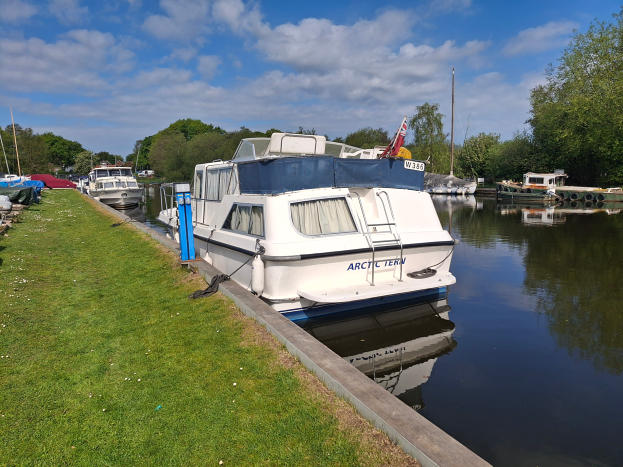

Comments and suggestions always welcome please email: clivecgedwards@gmail.com
WATERWATCH
SAFETY & SURVEILLANCE INITIATIVE
1.
The WaterWatch Safety and Surveillance Initiative is committed to promoting the aims of
the National Respect the Water campaign to reduce the number of fatalities resulting
from drowning on the coastal and inland waterways of the UK by utilising the experience
of members of the Merchant Navy Association (MNA) Boat Club and other organisations
with whom we have a partnership, such as the Norfolk & Suffolk Boating Association
(NSBA) who promote WaterWatch on The Broads.
2.
Members of the MNA Boat Club and partner associations who volunteer to participate in
WaterWatch, known as WaterWatch Crew Members, have an interest in, and a concern
for, the safety of the increasing number of recreational boaters and other waterways
users on and around our rivers, canals, lakes, Broads, coastal waters, harbours and
marinas.
3.
WaterWatch Crew Members are experienced boaters and skilled observers who can be
relied upon to spot potential incidents and hazards and respond with detailed
information about the nature of the incident when reporting to HM Coastguard, the
appropriate inland waterways authority or other emergency services.
4.
WaterWatch Crew Members will inevitably come across incidents where immediate
assistance is required before reporting the incident. In such circumstances members
should always ensure that any action they take does not put themselves or any member
of their crew in jeopardy.
5.
In most circumstances, having reported an incident to the appropriate authority,
WaterWatch Crew Members will need to stand-by ready to assist the co-ordinating
authority according to need. For example by maintaining a visual watch over the site of
the incident, providing on-going situation reports, liaising between the co-ordinating
authority and the rescue services, relaying messages and, where appropriate, by taking
photographs..
6.
By participating in WaterWatch members will not only help to promote the RNLI’s
Respect the Water campaign but also have the opportunity to develop and maintain
good relationships with local stakeholders such as boatyards, marinas, the local navigational authority and local
emergency services.
7.
WaterWatch volunteers will be part of a motivated and enthusiastic team having the opportunity and satisfaction of putting
their boating experience and expertise to good use by helping to enhance safety on and around their local waters
(perhaps even to the extent of helping to save a life), whilst protecting the boating environment and promoting responsible
boating behaviour.
The MNA Boat Club is a member of the National Water Safety Forum.
Introduction
Spot Significant sightings of:
•
People or craft in difficulty likely to require urgent assistance
•
Unexpected hazards
•
Dangerous or suspicious behaviour
•
Behaviour threatening the boating environment (e.g. speeding & making a large wash)
Report
•
If the incident appears to be life threatening contact the emergency services by calling 999 or by making an
emergency call to HM Coastguard on VHF Channel16
•
If the incident appears to be a criminal act in progress call 999 for the police
•
For other significant Incidents contact the appropriate authority such as HM Coastguard or Local Navigational
Authority direct
•
In all cases Indicate:
Stand-by & Respond
WaterWatch team members should:
•
provide their name and contact details and advise the authorities of their activity as a member of the WaterWatch
scheme before offering to assist by standing by at the scene (or elsewhere as directed)
•
be prepared to provide a visual and/or listening watch and to monitor the situation and assist with liaison, relaying
messages, providing up-dated situation reports (SITREPS) or other assistance as required.
•
At no time put at risk their own lives or the lives of their crew
Record
WaterWatch team members should use the digital Incident Report form to submit a brief summary of the incident as quickly as
possible after the incident has been terminated by the relevant authority, with a view to possibly being asked for a more detailed
report at a later stage.
•
type of incident
•
precise location (GPS co-ordinate if possible)
•
number of persons involved, including children and animals
•
other pertinent information (eg persons wearing lifejackets)
•
type of assistance required
WaterWatch Crew Members’ Checklist
•
People (none wearing lifejackets) pulled from the water after falling off vessels on the Broads. In one case the vessel
concerned had steamed away oblivious to the fact that they had a crew member missing!
•
Use of ladder fixed to the transom of boat to recover an elderly yachtsman who fell off the deck of his yacht into the
river whilst hoisting sail. Then calling an ambulance
•
Standing by to assist broken-down craft and escorting hire craft holed in a collision to the appropriate boat hire
operator’s base.
•
Alerting police and coastguards to incident involving theft of an expensive electric launch, subsequently recovered
undamaged and miscreant arrested.
•
Reporting to waterway authority several incidents of vessels speeding and/or helming without due care and attention
causing a danger to other craft
•
Towing grounded craft into deeper water to re-float.
•
Standing by to assist Broads Authority Ranger’s launch to recover grounded hire cruiser.
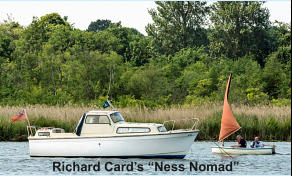
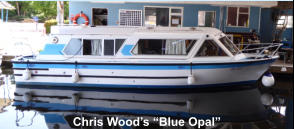
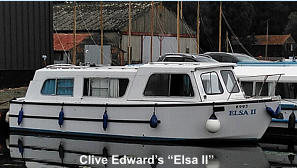
WaterWatch Responder Guidelines
Introduction: This advice is based on the RNLI’s Safety Advice provided to their Sea Safety Officers
some years ago. As far as I know, despite Sea Safety having become first Community Safety and now
Water Safety, I don’t think this advice has been significantly up-dated, nor, in my opinion, does it need
to be. Therefore I have based my own advice to our MNA Boat Club WaterWatch crew on very similar
lines.
WaterWatch Responder Guidelines
1.
Rescue Hierarchy: If you see someone in trouble in the water follow this procedure but TAKE
CARE to ensure that you do not end up becoming a casualty yourself.!
2.
As a general rule dial 999 and ask for the Coastguard or other appropriate emergency service.
HOWEVER, if there is an imminent threat to someone’s life that requires an immediate personal
response, you should act accordingly whilst trying to get someone else to call the emergency
services on your behalf.
3.
TALK to the casualty advising them to keep calm and FLOAT on their back with their head resting
on the water and their arms extended to slow their breathing. Let them know you’re there to help
and try to guide them to the safest place to deploy available rescue equipment.
4.
SECURE YOURSELF so as to avoid the risk of being dragged into the water.
5.
If you are afloat and can reach the casualty with a boathook or long piece of stick drag them
alongside. If you cannot reach the casualty deploy the rescue equipment you have to hand (e.g.
lifebuoy, throw bag, boarding ladder, rope, boathook etc.). Pull them slowly towards the point where
they can be helped into your boat.
6.
If you’re ashore, proceed as above dragging them into the bank or at least into the shallows. The
best place to land a casualty will depend on your surroundings but always be careful to avoid sharp
obstructions or entanglements and avoid getting dragged into the water yourself.
7.
Be aware that the casualty is likely to be tired, cold and confused and unable to help themselves.
They may well need medical attention especially if they have been under the water - they should
not be left alone for 24 hours following immersion.
8.
There are three main dangers from immersion in cold water:
•
Cold Water Shock from inhaling water, resulting in hyperventilation leading to a stroke or
cardiac arrest.
•
Mid-term immersion causing their temperature to drop with a consequential loss of strength
and coordination, making grasping a rope or climbing a ladder very difficult if not impossible.
•
Hypothermia resulting from immersion in the water for more than about 30 minutes with
consequential exhaustion, lack of coordination and unresponsiveness.
9.
Bear in mind that, even if you’re able to effect a rescue yourself without help from the emergency
services, there is still a very strong chance that the casualty will need emergency medical
assistance. Therefore, before performing a rescue, try to ensure that someone is alerting the
emergency services.
Throwing a Lifebuoy, Throw-Bag or Rope
1.
Choose safe sites for both throwing the equipment and recovering the casualty. Make sure the
line is long enough, free from tangles, knots or loops and is coiled neatly before you throw – do
not wrap the end round your wrist.
2.
Before throwing get a secure footing that’s not slippery or unstable, brace yourself and, if possible,
get someone to hold on to you. Avoid standing in loops of the rope.
3.
Aim by pointing your arm in the direction of the casualty trying to get the rope as close to the
casualty as you can. In the case of a hard and/or heavy lifebuoy AVOID hitting the casualty on the
head with it!
4.
Depending on the wind and tidal conditions, it might be necessary to throw the line over the top or to
one side of the casualty in order for them to grab it. Therefore, it is important to warn them
beforehand. Shout or show them the rescue equipment so they understand what you’re about to do.
5.
Once the casualty has grabbed the equipment try to make them secure it to themselves before you
start dragging them to the chosen landing place.
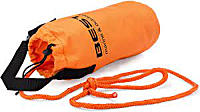

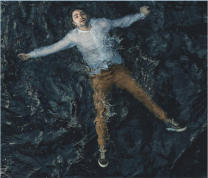
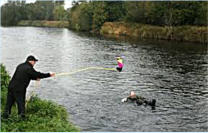
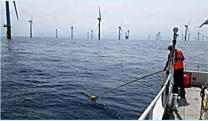
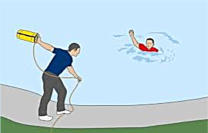
Boating Basics - Free Download
Some years ago, partly in esponse to a number of boat hire operators, the MNA Boat Club published its own “Boating Basics” DVD
written jointly by our Commodore and Vice Commodore and targetted at newcomers to boating, in particular those hiring a boat on
the inland waterways, either in the UK or other European countries.
Having now more than covered our costs for producing the DVD, through sales to a number of boat operators, we are now in a
position to offer this guide as a free download for members of the Boat Club and for members of our WaterWatch scheme partners
the Norfolk and Suffolk Boating Association. To download a copy all you need to do is CLICK HERE.
Merchant Navy Association Boat Club
(Affiliated to the Merchant Navy Association National Charity)

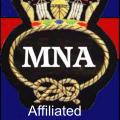
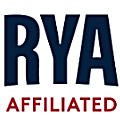
Examples of typical Incidents Responded to by Waterwatch Crew Members
•
People (none wearing lifejackets) pulled from the water after falling off vessels on the Broads. In one case the vessel
concerned had steamed away oblivious to the fact that they had a crew member missing!
•
Use of ladder fixed to the transom of boat to recover an elderly yachtsman who fell off the deck of his yacht into the
river whilst hoisting sail. Then calling an ambulance
•
Standing by to assist broken-down craft and escorting hire craft holed in a collision to the appropriate boat hire
operator’s base.
•
Alerting police and coastguards to incident involving theft of an expensive electric launch, subsequently recovered
undamaged and miscreant arrested.
•
Reporting to waterway authority several incidents of vessels speeding and/or helming without due care and attention
causing a danger to other craft
•
Towing grounded craft into deeper water to re-float.
•
Standing by to assist Broads Authority Ranger’s launch to recover grounded hire cruiser.
Incident Report August 2022
Sunday 07-Aug-2022, 13.00
Location: Colman’s Slipway, Oulton Broad, NR33 9LQ
The individual is a highly experienced boater who possesses detail knowledge of the risks of slipperiness, especially at this
location, yet nevertheless was himself subject to an accident.
Incident Description:–
Having finished sailboat racing with Waveney & Oulton Broad Yacht Club I returned from Broad to Slipway to retrieve my dinghy
onto its trolley for parking in the WOBYC boat-park.
In light wind I left my boat in the water to collect my trolley which I ran into the water, close to low water on a rising tide.
Much of the following is 3rd-party report:–
Before reaching my boat I suddenly and without warning slipped on the wet marine growth on the concrete of the launch-way,
legs in the air and I am told I actually landed backwards on my head;
I quickly lost consciousness and lay face-down in a pool of blood at my head on the concrete, body half-in the water.
Several co-sailors helped pull me out of the water, recovery position etc, and I came-to after some minutes.
Ambulance to A&E James Paget Hospital; assessed, treated for head-wound and released after 8hrs.
Issues:–
Marine growth is a very well-known issue to regular boaters especially summertime within sun-penetrating waters; occasional
boaters or general public may be unaware of just how exceedingly slippery underwater surfaces (or occasionally drying surfaces
as tide recedes) can become.
During long hot sunny spells underwater growth is accelerated and evidences as a slippery ‘slime’ attached to any solid
surfaces.
For racing boats, such growth at moorings is an impediment to speed.
For launch-ways such growth is a hazard to walkers approaching areas which are or may have been under water at HW, and
extends under water.
Slipways are of necessity at a significant slope; some of the ‘better’ ones may be smooth concrete; both issues adding to risk,
while less well-kept locations in ‘rougher’ condition might actually be marginally safer to work on.
This slipway is owned by East Suffolk Council (ESC) as a Public facility;
ESC is acutely aware of slipperiness and has instituted a regime of occasional cleaning during the summer by Suffolk Fire &
Rescue at convenient ad-hoc times when they conduct waterborne training at the site.
In this case purely signage that, “Slipway may be Slippery”, were of absolutely no use since the individual was such an
experienced and knowledgeable operator.
Outcomes:–
The casualty was lucky to have many colleagues in attendance, all returning at the same time from a forenoon’s racing.
Had the individual been alone, out of normal hours, then landing unconscious in the water might have been catastrophic.
Immediately following this incident ESC Harbourmaster reported the event internally and initiated a local enquiry, potentially for
learning lessons;
ESC is also now in touch with Suffolk F&R to determine their hose pressure settings and methodology in order perhaps to
recommend more formal regime of cleaning.
A more detailed incident follow-up is scheduled for next week.
Report might be shared with BSMG if thought appropriate.
Where vehicles reverse into the water to launch larger vessels from trailers there may be risk of them losing traction and
consequent inability to extract themselves from the water.
Seemingly only ever a problem during prolonged hot sunny spells when marine growth is accelerated.
Incident Report August 2020
A
fatal
accident,
involving
a
person
falling
overboard
from
the
motor
cruiser
Diamond
Emblem
1,
occurred
at
Great
Yarmouth
Yacht Station in August
2020
.
This incident was fully investigated by the Marine Accident Investigation Branch and the report published in May 2022
MAIBInvReport 5/2022 -Diamond Emblem 1
Although
this
incident
involved
a
hire
boat
it
is
important
that
private
boat
owners
are
aware
of
the
circumstances
and
learn
from
the
relevant
parts
of
the
report.
If
they
have
not
already
done
so
,
appropriate
boat
owners
are
recommended
to
consider
the report and take such action as is necessary.
There
were
eleven
recommendations
made
but
probably
the
most
relevant
to
MNA
Boat
Club
members
are
those
regarding
the
importance
of
knowing
you
boat
especially
with
respect
to
such
things
as
dual
control
systems
where
the
functions
of
switches
and interlocks need to be known to relevant persons and clear labeling is advisable.
Secure handholds and railings are important especially in the areas above the propeller. The importance of proper and secure
storage of out of use mooring lines was also raised.
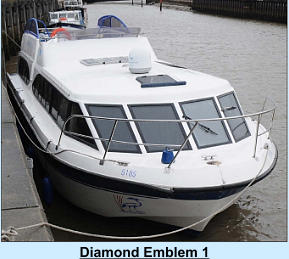
Incident Report May 2025
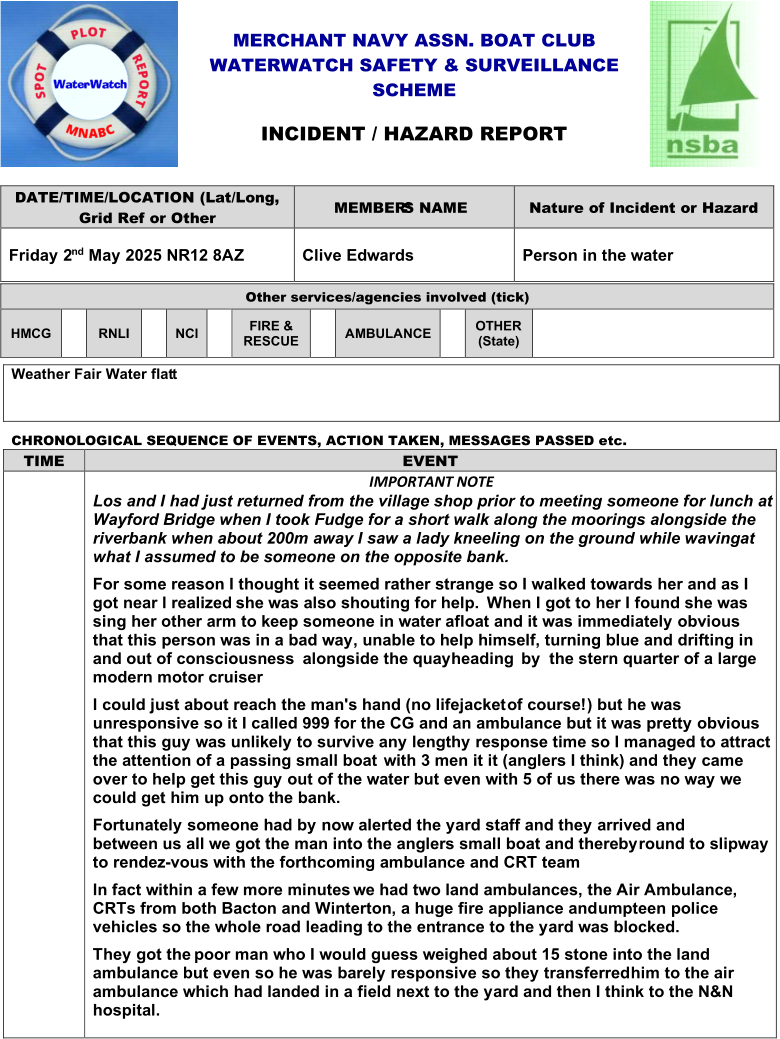


Clive – thank you for all your help today with the incident on the craft. Your help along
with the team of other people made a great help in saving Mike and we all wish him a full
recovery.
Eric Bishop, Manager
Heard from Eric Bishop, mnager of Cox’s Boatyear that the man (who I was told is called
Mike, the owner of the vessel involved “Arctic Tern” is now off a ventilator and out of
intensive care but will likely remain in hospital for a few more days
Examples of typical Incidents Responded to by Waterwatch Crew Members
Incident Reports
